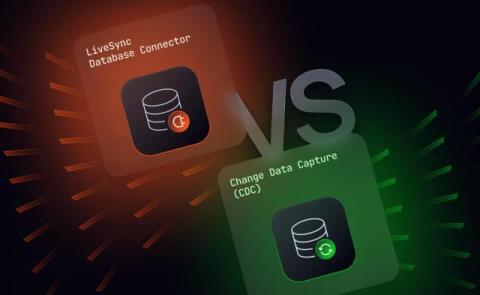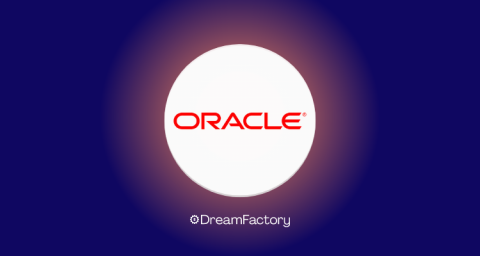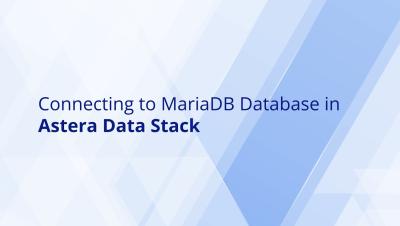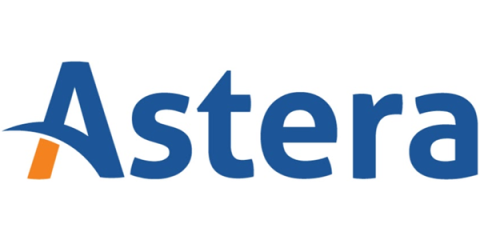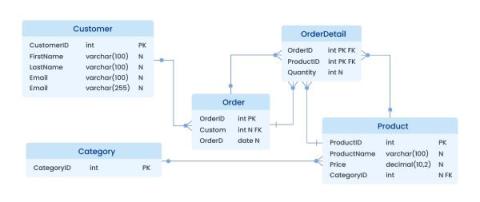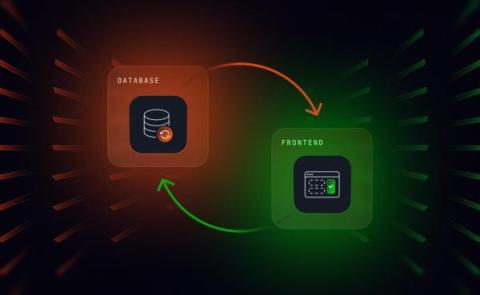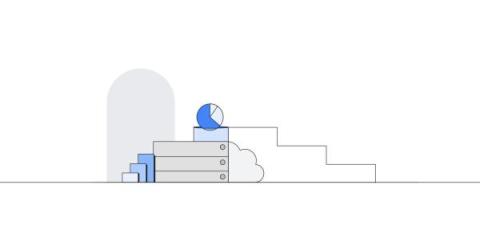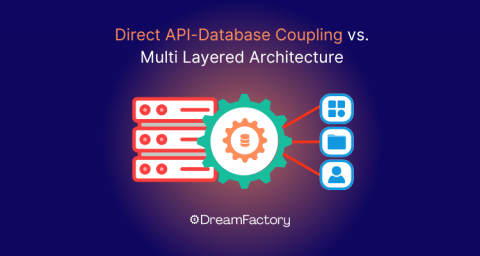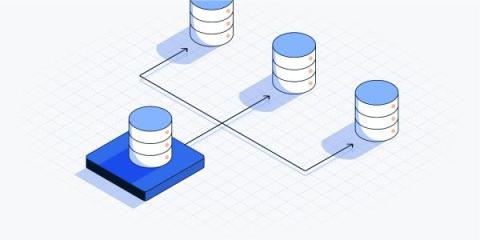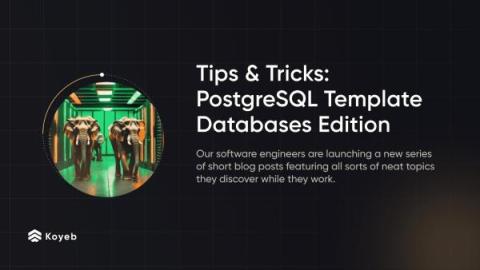Database generated events: LiveSync's database connector vs CDC
Ably LiveSync is a product we launched last month to help developers deliver live updates in their applications by automatically keeping their database and frontend clients in sync. LiveSync is made of two components, the Models SDK that runs on the client, and the database connector that listens to changes in your database and syncs those changes to your clients.


